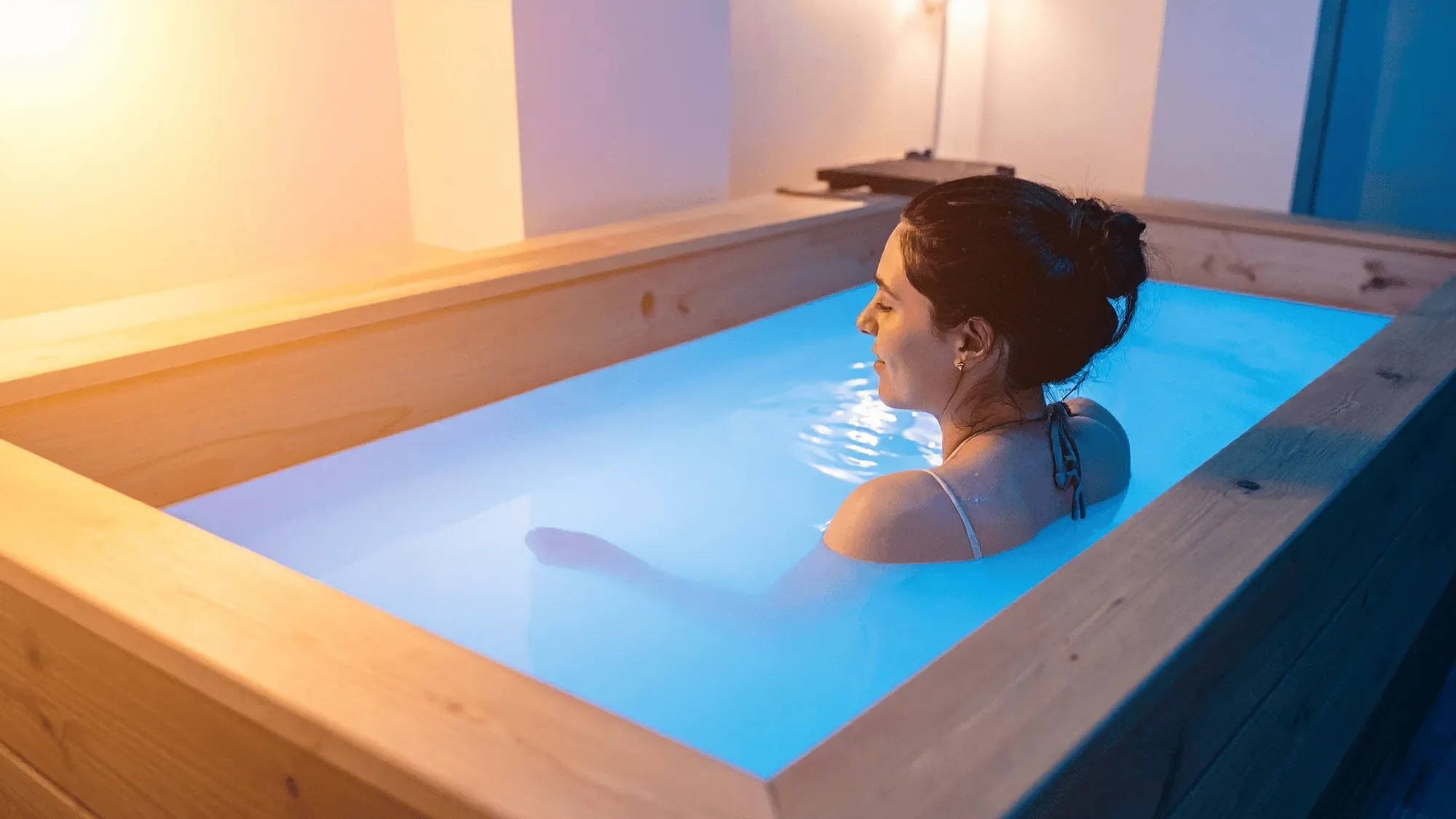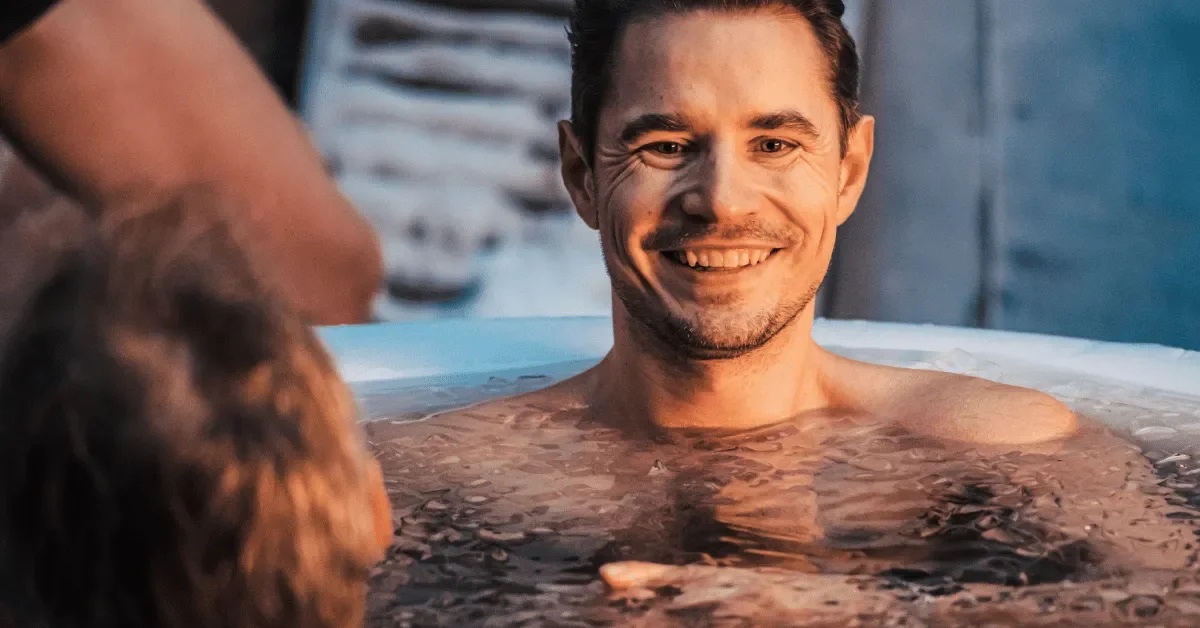I started Cold Plunging again...
Why Cold Plunging Is Making a Comeback
If you follow fitness trends, you’ve probably seen cold plunging rise in popularity. More people are creating at-home setups so they can plunge regularly. The benefits are hard to ignore: better sleep, boosted metabolism, sharper focus, stronger immune system, and more energy throughout the day.
Before Covid, I was plunging a few times per week at Denver Sports Recovery and saw the results firsthand. Recently, I picked up a horse trough at Big R and started plunging again at home. The consistency has been easier to maintain and the benefits have been just as powerful.
Meet our Denver
Personal Trainers
TL;DR
Cold plunging, immersing yourself in cold water is more than a trend. It can improve sleep, reduce soreness, boost energy, and sharpen focus. Beginners should start with 1–2 minutes at 50–59°F, building up to 10–15 minutes per week. In Colorado, cold plunging offers unique natural opportunities, but safety and consistency are key.
Medical Benefits of Cold Plunging
Research and practice highlight several health benefits:
Improved sleep quality
Reduced muscle soreness and inflammation
Boosted circulation and cardiovascular health
Enhanced energy and focus
Strengthened immune system
Improved mood and resilience against stress
Increased metabolism through brown fat activation
Better recovery after workouts
My Experience with Cold Plunging
Physical Benefits
One of the first changes I noticed after returning to cold plunging was better sleep. My dreams became vivid, and I started sleeping through the night, waking up refreshed.
Energy and focus improved too. When you plunge, your mind shuts off from distractions, and the breathwork creates a mental reset. My workouts have also gotten better with soreness nearly gone.
Life Lessons
Cold plunging has reminded me that grit and consistency pay off. Those first few plunges were brutal, and I had to talk myself into staying in. By week three, my mindset shifted from “I don’t want to” to “Let’s do this.”
That lesson mirrors fitness: the first weeks are hard, but if you stick with it, your quality of life improves dramatically.
Cold Plunge for a Better Mindset
I’ve struggled with addiction, obesity, and depression in the past. What helped me rebuild was consistency and balance across movement, nutrition, sleep, mindfulness, and recovery.
Cold plunging reinforces that balance. It keeps me grounded, resilient, and more mindful while reminding me it’s okay to have ups and downs as long as we return to our routines.
“Cold plunging has become one of the most powerful tools in my recovery toolbox. It’s not just about the physical benefits, the mental reset it gives you is unmatched. ”
Recommended Temperature for Cold Plunges
Beginners: 55–59°F (12–15°C)
Intermediate: 50–55°F (10–12°C)
Advanced: 40–50°F (4–10°C), but only after gradual adaptation
How Long Should You Cold Plunge?
Beginner: 1–2 minutes
Intermediate: 3–5 minutes
Weekly Goal: 10–15 total minutes, spread across sessions
Cold Plunging Tips in Colorado
Use Colorado’s mountain lakes and streams for natural plunges (check safety first).
In winter, outdoor tubs stay cold naturally.
Be aware of altitude cold exposure feels more intense, so shorten sessions if needed.
Many Coloradans combine sauna + plunge for contrast therapy.
Safety Tips for Cold Plunging
Never plunge alone.
Avoid alcohol before plunging.
Check with your doctor if you have heart or blood pressure concerns.
Enter slowly, control your breathing.
Warm up afterward with dry clothes and movement.
Cold Plunging Tips for Beginners
Start with cold showers to build tolerance.
Do light exercise before plunging.
Use a timer — it’s easy to lose track.
Stay consistent — frequency matters more than long single sessions.
Recommended Cold Plunge Products
The Cold Pod – Affordable, portable, and beginner-friendly.
Plunge™ Cold Tub – Premium, temperature-controlled setup.
Ice Barrel – Compact vertical design, great for small spaces.
DIY Horse Trough (like mine) – Cost-effective and functional.
Conclusion
Cold plunging is more than just a trend; it's a proven tool for recovery, mindset, and overall health. From deeper sleep and faster recovery to mental toughness and resilience, the benefits reach far beyond the few minutes spent in cold water. Whether you’re plunging in a Colorado mountain stream or setting up a horse trough at home, the key is consistency, safety, and balance.
If you’re looking to integrate cold plunging into a complete fitness and recovery routine, we’d love to guide you. At Fight Gravity Fitness, we focus on building stronger, healthier, and more resilient athletes through training, recovery, and lifestyle practices that truly work.
FGF’s Client
Success Stories
FAQs
Is cold plunging safe every day?
Yes, for most healthy adults. Start with 2–3 times per week, then increase as you adapt.
Should I plunge before or after a workout?
After workouts for recovery. Short plunges before workouts are fine but may blunt muscle adaptation.
Can cold plunging help with weight loss?
Indirectly it boosts metabolism slightly, but it’s not a magic solution.
What should I do right after plunging?
Dry off, get into warm clothes, and move lightly to reheat naturally.
Nicholas Butler
Founder, Fight Gravity Fitness
Nick Butler is a passionate fitness professional who believes that better movement leads to a better life. As the founder of Fight Gravity Fitness, he specializes in helping busy professionals build strength, restore mobility, and enjoy an active, pain-free lifestyle. Nick holds certifications as a NASM Certified Personal Trainer, TRX Certified Instructor, Silver Sneakers Certified, and is CPR Certified. With years of experience and a focus on functional movement, Nick brings a supportive, practical approach to fitness that gets results without the hype.







